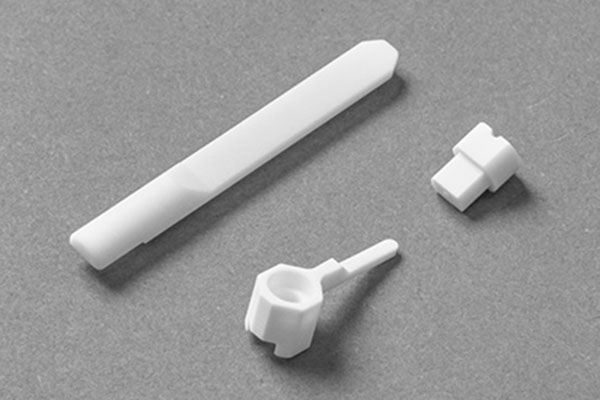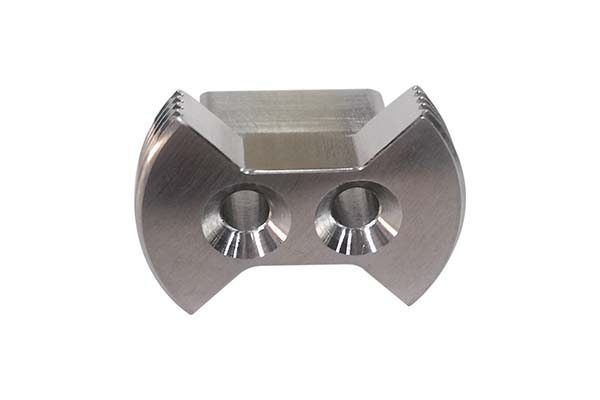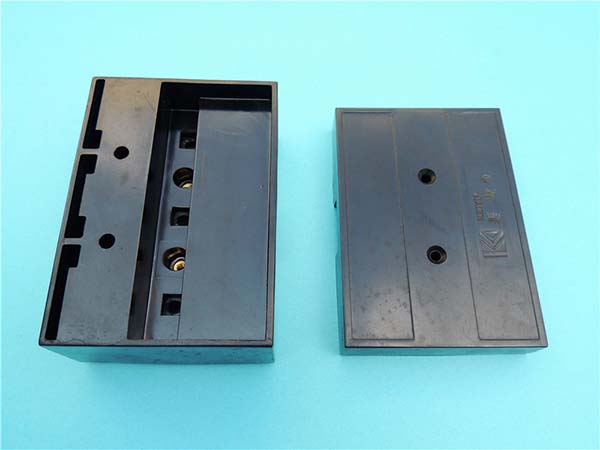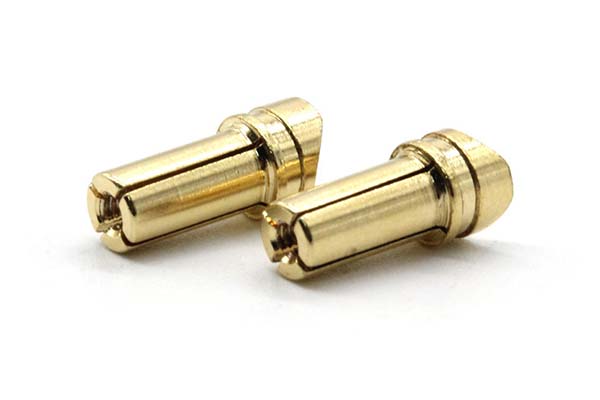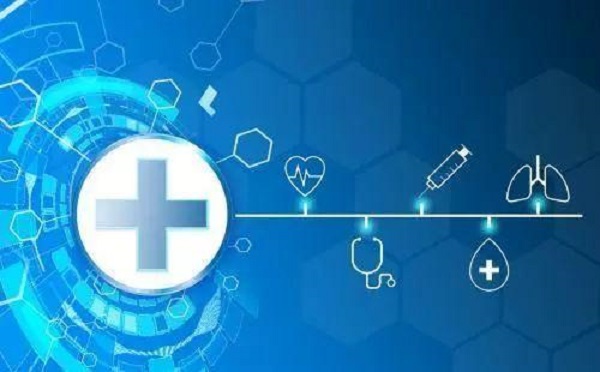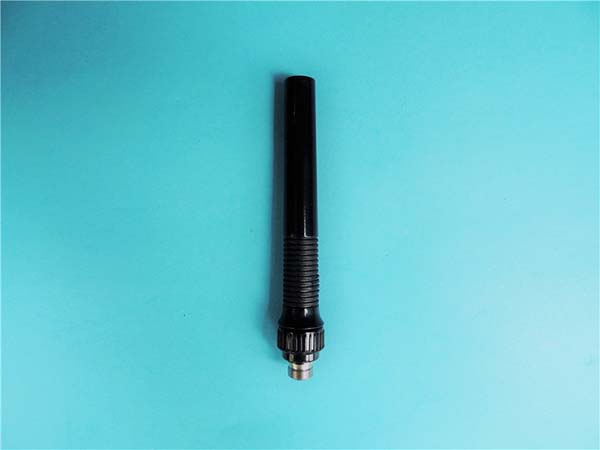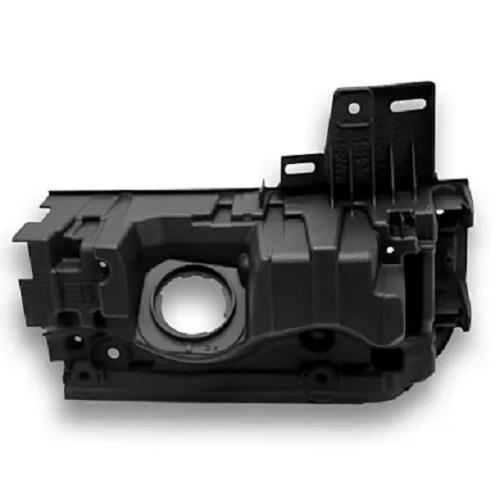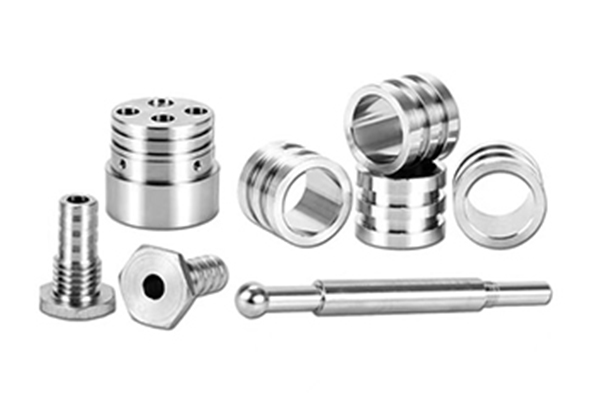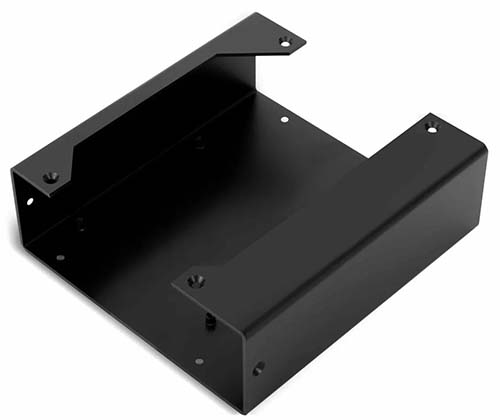1. Introduction
In the dynamic landscape of modern product development, the design process has evolved significantly. One of the most revolutionary advancements in this realm is Rapid Prototyping (RP). This technology has transformed the way products are designed, developed, and brought to market. By enabling the quick creation of physical models from digital designs, Rapid Prototyping bridges the gap between concept and reality, offering a plethora of benefits that were previously unattainable.
Traditionally, product design involved a series of sequential steps that were time - consuming and resource - intensive. Designers would create detailed 2D or 3D drawings, which would then be sent for prototyping. The prototyping process often took weeks or even months, depending on the complexity of the design and the manufacturing techniques involved. Any design changes at this stage would require starting the prototyping process all over again, leading to significant delays and increased costs.
For instance, in the automotive industry, the development of a new car model used to take several years. Designers would spend months finalizing the exterior and interior designs, and then the prototypes would be built using traditional manufacturing methods such as injection molding or metal stamping. If any design flaws were discovered during testing, the entire process would be set back, costing the company a fortune in terms of both time and money.
Yigu Technology Rapid Prototyping has emerged as a game - changer in this scenario. It allows designers to quickly translate their digital designs into tangible prototypes, which can be used for testing, evaluation, and refinement almost immediately. This not only accelerates the design process but also enhances the overall quality of the final product.
2. Understanding Rapid Prototyping
2.1 Definition and Core Principles
Rapid Prototyping, at its core, is a group of technologies that use additive manufacturing techniques to create three - dimensional physical models directly from digital 3D models. The basic principle behind RP is the layer - by - layer construction of a prototype. A 3D model, created using Computer - Aided Design (CAD) software, is sliced into thin cross - sectional layers. These layers are then replicated in a physical form, one on top of the other, until the entire prototype is built.
For Yigu Technology example, in Stereolithography (SLA), one of the most common RP techniques, a laser is used to cure a liquid resin layer by layer. The laser traces the cross - sectional shape of each layer onto the surface of the resin, solidifying it. As the layers are built up, a 3D object is created. Another technique, Fused Deposition Modeling (FDM), extrudes a thin filament of molten plastic through a nozzle. The nozzle moves in a pattern defined by the CAD model, depositing the plastic layer by layer to form the prototype.
2.2 Different Types of Rapid Prototyping Technologies
There are several types of Rapid Prototyping technologies, each with its own set of advantages and applications:
| Technology | Description | Advantages | Disadvantages | Applications |
| Stereolithography (SLA) | Uses a laser to cure liquid resin layer by layer | High - resolution, smooth surface finish | Limited material options, relatively expensive | Jewelry, dental models, intricate parts |
| Fused Deposition Modeling (FDM) | Extrudes molten plastic filament layer by layer | Low - cost, wide range of materials, easy to use | Lower resolution, visible layer lines | Concept models, functional prototypes in plastics |
| Selective Laser Sintering (SLS) | Sinter powder materials (such as plastic, metal, or ceramic) using a laser | Can use a variety of materials, no support structures required for most parts | High - cost equipment, long build times | Functional prototypes, end - use parts in some industries |
| Laminated Object Manufacturing (LOM) | Cuts and stacks layers of sheet material (such as paper, plastic, or metal) | Can produce large parts, low material cost | Limited material types, rough surface finish | Prototypes for large - scale products, patterns for casting |
2.3 Materials Used in Rapid Prototyping
The materials used in Rapid Prototyping have also evolved over time. Initially, the options were limited, but today, a wide range of materials can be used depending on the application and the RP technology.
- Plastics: PLA (Polylactic Acid) is a popular, eco - friendly plastic used in FDM. It is easy to print, has a relatively low melting point, and is suitable for a variety of applications such as creating consumer product prototypes. ABS (Acrylonitrile Butadiene Styrene) is another common plastic, known for its strength and durability, making it suitable for functional prototypes.
- Metals: In SLS and other metal - based RP technologies, metals like aluminum, titanium, and stainless steel can be used. Metal prototypes are often used in the aerospace and automotive industries, where high - strength and heat - resistant parts are required.
- Ceramics: Ceramic materials can be used to create prototypes for applications such as dental implants, art objects, and high - temperature components. Ceramic RP allows for the creation of complex shapes that would be difficult to achieve with traditional ceramic manufacturing methods.
3. The Impact of Rapid Prototyping on the Design Process
3.1 Accelerating Design Cycles
One of the most significant impacts of Rapid Prototyping on the design process is the drastic reduction in design cycle times. In the past, waiting for a prototype to be built could take weeks or months. With RP, a prototype can be ready in a matter of hours or days, depending on its complexity.
Consider a startup developing a new handheld electronic device. Using traditional prototyping methods, they might have to wait 4 - 6 weeks to receive a physical prototype of their design. During this time, if they wanted to make any design changes, they would have to wait even longer. With Rapid Prototyping, they can have a functional prototype in their hands within 2 - 3 days. This allows them to quickly test their design, identify any flaws, and make improvements. They can iterate on their design multiple times in a short period, significantly reducing the overall time it takes to bring the product to market.
3.2 Enhancing Design Iteration
Rapid Prototyping enables seamless design iteration. Designers can make changes to the digital 3D model and quickly produce a new prototype. This iterative process allows for continuous improvement of the design.
For Yigu Technology example, a furniture designer is working on a new chair design. Using RP, they can create a prototype of the initial design. After testing the prototype, they might find that the seat is not as comfortable as expected. They can then go back to the CAD model, make adjustments to the shape of the seat, and print a new prototype within a day. This process can be repeated until the design is optimized, ensuring that the final product meets the highest standards of comfort and functionality.
3.3 Facilitating Cross - Functional Collaboration
In a traditional design process, different departments such as design, engineering, and marketing often work in silos. Rapid Prototyping breaks down these silos by providing a tangible prototype that all departments can interact with.
In a consumer electronics company, the design team creates a concept for a new smartphone. Using Rapid Prototyping, they quickly produce a prototype. The engineering team can then test the prototype for its mechanical and electrical functionality. The marketing team can use the prototype to conduct market research, gathering feedback from potential customers. This cross - functional collaboration based on the physical prototype leads to a more well - rounded product that meets both technical and market requirements.
4. Cost - Benefits of Rapid Prototyping
4.1 Reducing Prototyping Costs
While the initial investment in Rapid Prototyping equipment can be high, in the long run, it can significantly reduce prototyping costs. Traditional prototyping methods often require the use of expensive molds, tooling, and specialized manufacturing processes.
For a small - to - medium - sized enterprise (SME) developing a new product, creating a mold for injection molding can cost tens of thousands of dollars. If design changes are needed, the cost of modifying the mold can be equally high. With Rapid Prototyping, the cost of creating a prototype is mainly the cost of the material and the energy used by the RP machine. This makes it much more cost - effective, especially for low - volume prototyping and when multiple design iterations are required.
4.2 Minimizing Production Costs
Rapid Prototyping can also help minimize production costs in the long term. By allowing for early detection and correction of design flaws, it reduces the likelihood of costly design changes during mass production.
In the manufacturing of a complex mechanical part, if a design flaw is not detected until the mass - production stage, it can lead to a high rate of defective products. This not only increases the cost of production due to waste but also can damage the company's reputation. With Rapid Prototyping, the design can be thoroughly tested and refined before mass production, ensuring a higher - quality product and lower production costs.
5. Applications of Rapid Prototyping in Different Industries
5.1 Aerospace Industry
In the aerospace industry, Rapid Prototyping is used for a variety of applications. It is used to create lightweight and complex parts that are difficult to manufacture using traditional methods. For Yigu Technology example, engine components such as turbine blades can be designed and prototyped using RP. These prototypes can then be tested for aerodynamic performance, heat resistance, and structural integrity.
According to a study by a leading aerospace company, the use of Rapid Prototyping in the development of a new aircraft engine reduced the development time by 30% and the cost by 20%. The ability to quickly iterate on the design of the engine components led to a more efficient and reliable engine.
5.2 Automotive Industry
The automotive industry also benefits greatly from Rapid Prototyping. Car manufacturers use RP to create prototypes of new car models, including exterior body panels, interior components, and engine parts. This allows them to test the fit, form, and function of the parts before going into full - scale production.
For instance, a major automotive company used Rapid Prototyping to develop a new concept car. They were able to create multiple prototypes of the body design in a short period, testing different aerodynamic shapes. This led to a more fuel - efficient and visually appealing car design, which was well - received in the market.
5.3 Healthcare Industry
In the healthcare industry, Rapid Prototyping has found applications in areas such as medical device development and personalized medicine. Custom - made prosthetics can be created using RP, tailored to the specific needs of individual patients. Dental implants and orthodontic devices can also be designed and produced more efficiently.
A study in a dental clinic showed that the use of Rapid Prototyping for creating dental crowns reduced the production time from several days to a few hours. This not only improved patient satisfaction but also increased the efficiency of the dental practice.
6. Conclusion
Yigu Technology Rapid Prototyping has truly revolutionized the design process. It has transformed the way products are developed, from the initial concept to the final product. By accelerating design cycles, enhancing design iteration, and facilitating cross - functional collaboration, RP has become an essential tool in the modern product development toolkit.
The cost - benefits of RP, both in terms of prototyping and production, make it an attractive option for companies of all sizes and across various industries. While there are still challenges and limitations to overcome, the future of Rapid Prototyping looks promising, with continuous advancements in technology and expanding applications on the horizon.
FAQs
9.1 What is the difference between Rapid Prototyping and traditional prototyping?
Rapid Prototyping uses additive manufacturing techniques to create physical models directly from digital 3D models in a relatively short time. It allows for quick iteration and is more cost - effective for low - volume prototyping. Traditional prototyping often involves subtractive manufacturing methods, such as machining, or the use of molds and tooling. It is more time - consuming and expensive, especially for complex designs and when multiple design changes are required.
9.2 Can Rapid Prototyping be used for mass production?
While Rapid Prototyping is mainly used for prototyping, in some cases, it can be used for small - scale or customized mass production. However, the production speed and cost - efficiency of RP may not be as good as traditional mass - production methods for high - volume production. Some industries, such as the healthcare industry for personalized medical devices, find RP suitable for low - volume mass production due to the need for customization.
9.3 What are the best materials to use for Rapid Prototyping?
The best materials depend on the application. For general concept models and functional prototypes in plastics, PLA and ABS are popular choices. For high - strength and heat - resistant parts, metals like aluminum or titanium can be used in metal - based RP technologies. For applications where a smooth surface finish is crucial, materials used in SLA may be more appropriate.
